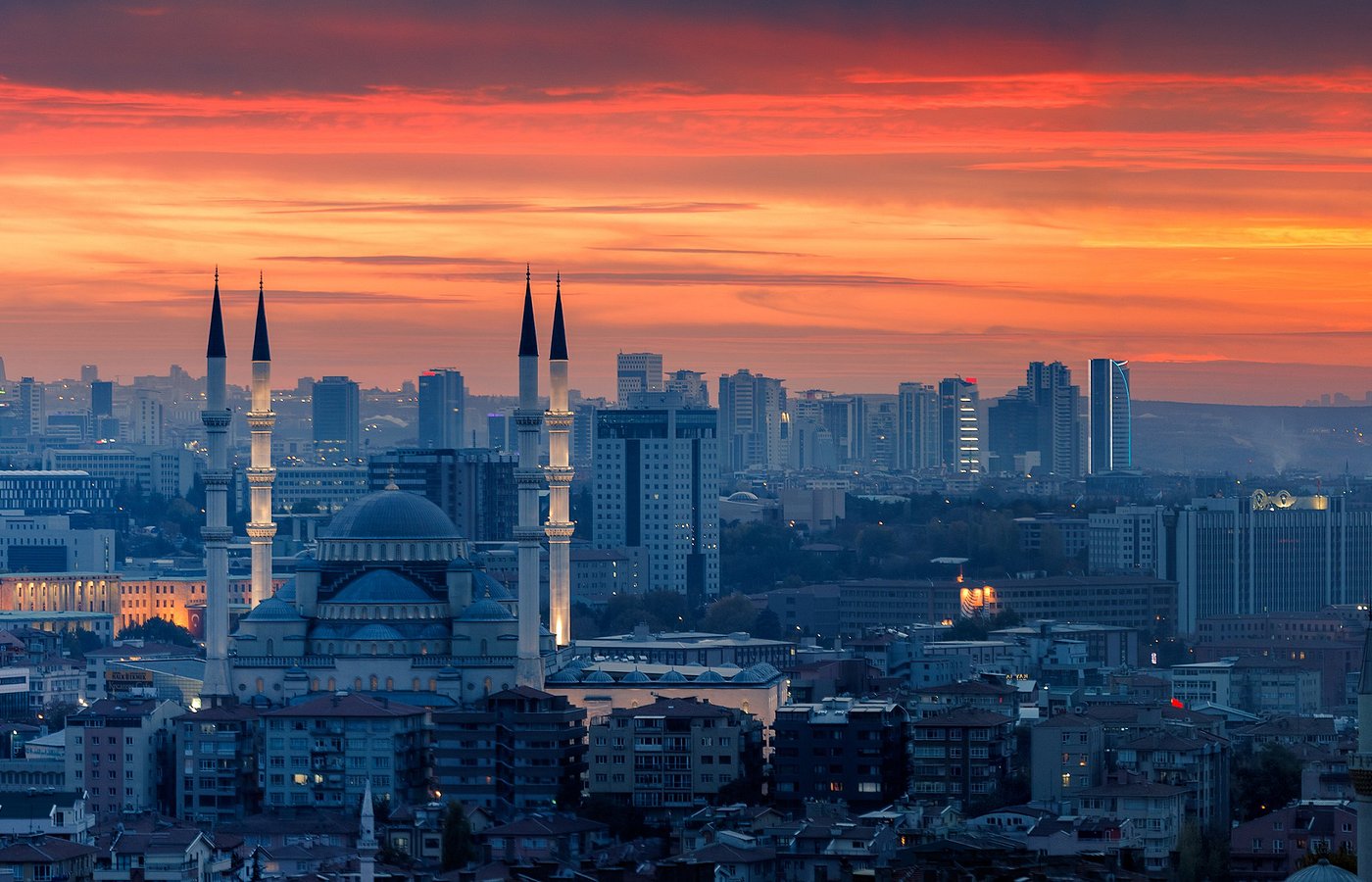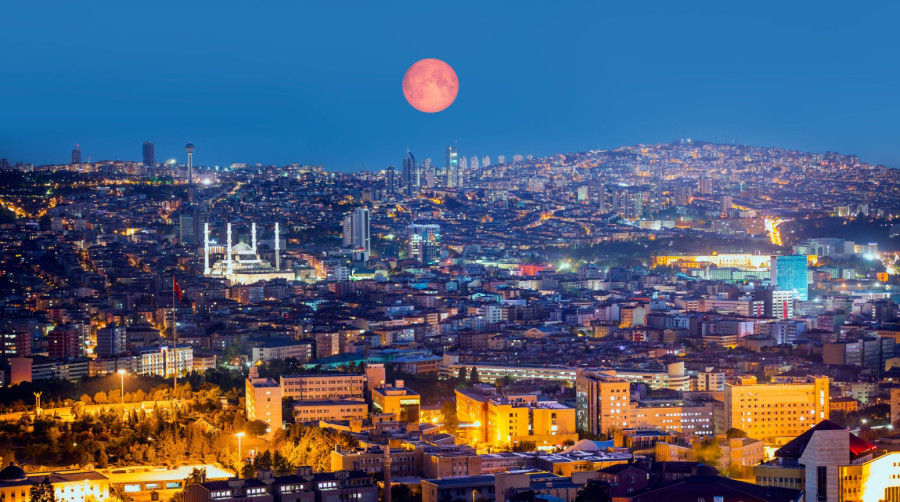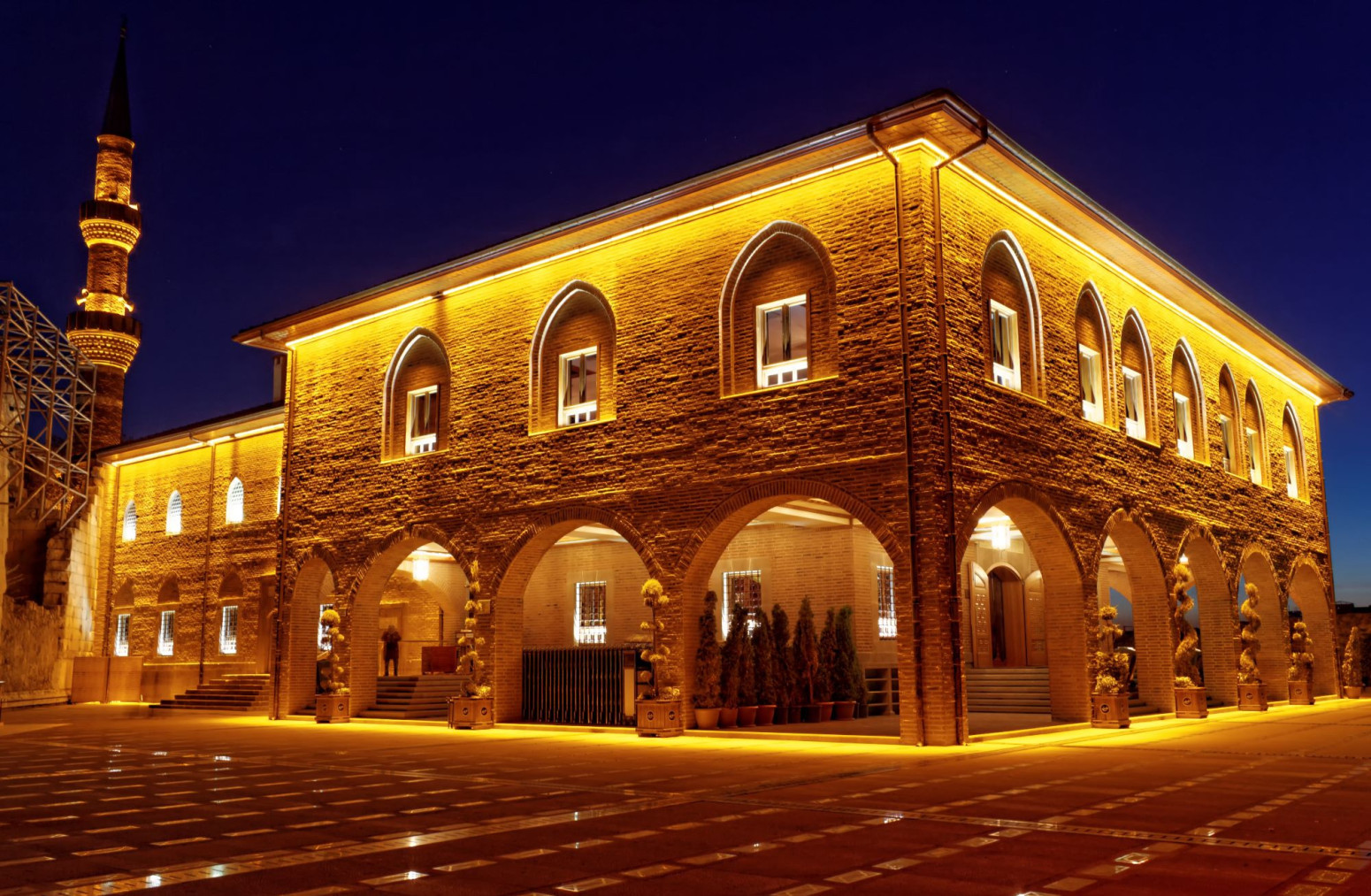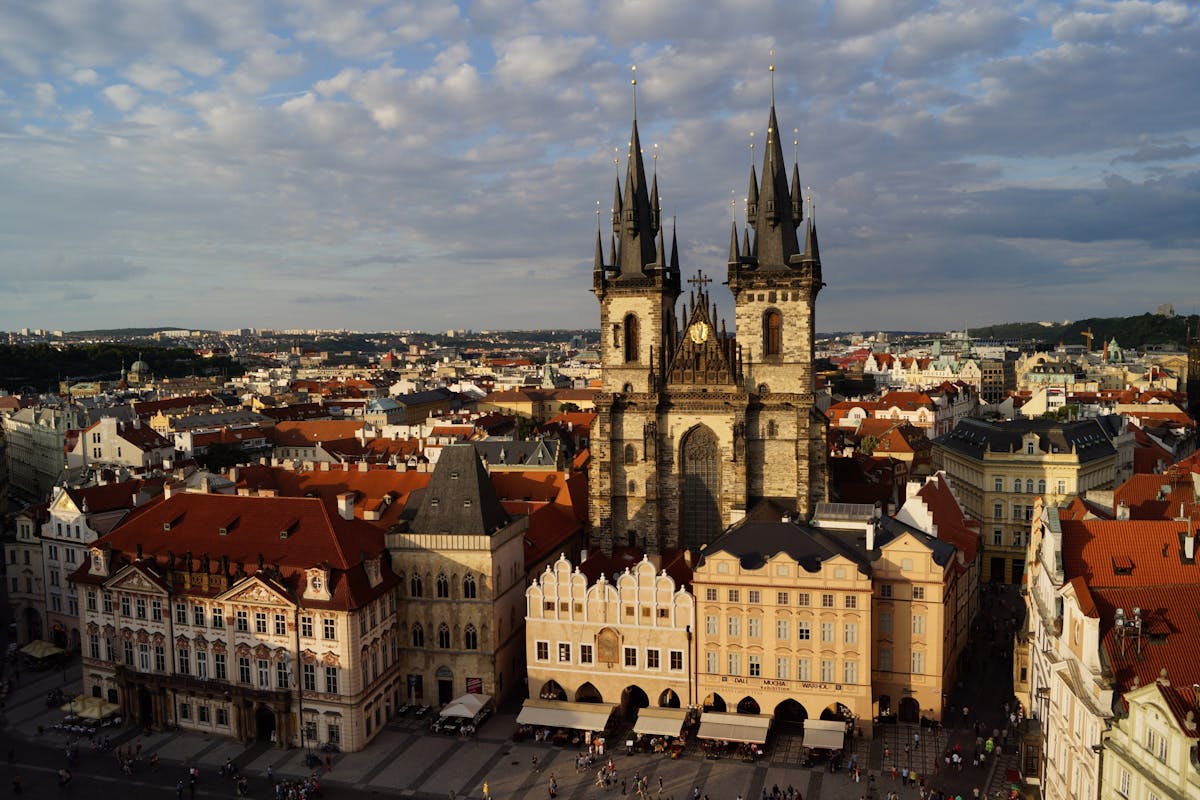
Ankara, the Capital of Modern Turkey, on the Path to UNESCO World Heritage Status PHOTO
Ankara, the capital of the Republic of Turkey, known for its planned urban development and modern architecture, has been included in UNESCO’s Tentative World Heritage List.
This raises the number of Turkish sites on the list of the United Nations Educational, Scientific and Cultural Organization to a total of 80.
Surrounded by the fertile plains of Anatolia, Ankara was declared the capital on October 13, 1923, shortly after the founding of the Republic of Turkey on October 29 of the same year. Replacing Istanbul, the centuries-old capital of the Ottoman Empire, Ankara became the new administrative and symbolic center of the modern Turkish state.
As a city that has been home to many civilizations over the centuries – from the Hittites and Phrygians to the Romans and Ottomans – today's capital of the Republic of Turkey offers a rich cultural heritage blending remnants of ancient times with modern architecture.

muratart/Shutterstock
Sites such as Gordion, recently added to UNESCO’s World Heritage List, reveal the deep historical roots of the region. On the other hand, modern buildings constructed during the post-Republic founding era reflect a new epoch and Ankara’s urban development.
Anıtkabir, the final resting place of Mustafa Kemal Atatürk, founder of the Republic of Turkey, is one of Ankara’s most striking landmarks. Other key attractions include the Ethnographic Museum, the Museum of Painting and Sculpture, and the Museum of Anatolian Civilizations, which was named European Museum of the Year in 1997.
In addition to housing impressive collections, these institutions captivate with their beautiful architecture. The buildings of the First, Second, and Third Grand National Assemblies, the Presidential Palace, and numerous ministries symbolize the Republic’s commitment to parliamentary values and democratic governance.
With all its cultural and historical treasures, in cooperation with the Turkish National Commission for UNESCO, the Ministry of Culture and Tourism has prepared a nomination file titled "Ankara: Planning and Construction of the Modern Capital of the Republic."

multitel/Shutterstock
The document highlights how the Turkish capital, shaped between 1920 and 1970, became a representative example of 20th-century modern urbanism, thanks to the construction of public institutions, cultural spaces, and open urban areas symbolizing the new state's identity.
The file submitted to UNESCO covers key development zones of the capital – including Atatürk Boulevard (running north–south) and the Ulus and Kızılay districts.
Numerous landmarks reflecting Ankara’s planned urbanization and modernization are emphasized: the buildings of the First, Second, and Third Turkish Assemblies, the Presidential Palace, Güven Park and Youth Park, Ulus Square, Ankara’s Main Train Station, the İş Bank building, ministry buildings, and Kızılay Square.
The file was included on UNESCO’s Tentative List under cultural heritage criteria II, IV, and VI.
The Ministry of Culture and Tourism of the Republic of Turkey seeks to ensure the preservation and international promotion of the country’s cultural and natural heritage through active participation in global cooperation mechanisms, with a particular emphasis on UNESCO.





